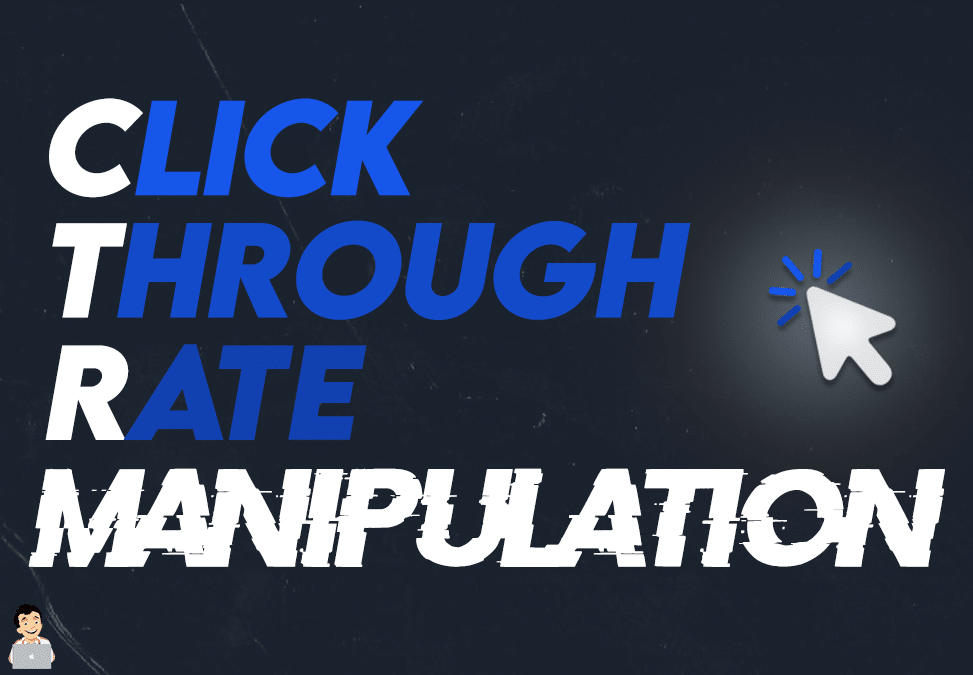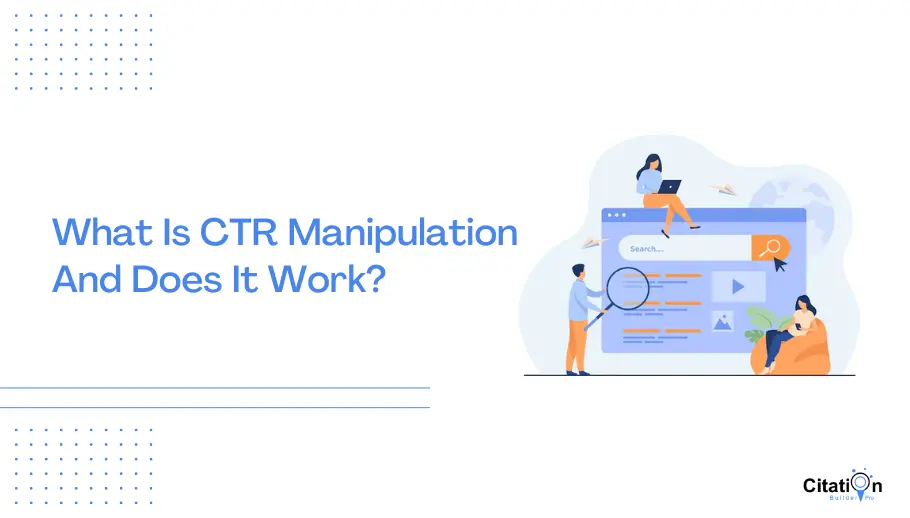Optimizing Organic Click-Through Fees With CTR Control
The optimization of natural click-through rates (CTR) is a nuanced undertaking that hinges on comprehending both user psychology and effective web content presentation. The landscape is rife with misconceptions and oversimplifications about what really drives CTR.
Comprehending Click-Through Rates
Recognizing click-through prices (CTR) is crucial for evaluating the performance of internet marketing approaches. CTR gauges the portion of users that click a particular web link or promotion compared to the overall number of users that watch it. A greater CTR indicates that the web content is engaging and pertinent to the target market, while a reduced CTR may signal a demand for optimization.
To compute CTR, split the number of clicks by the variety of perceptions and increase by 100. If an advertisement obtains 300 clicks out of 10,000 impacts, the CTR would be 3%. This statistics is crucial for examining various components of electronic advertising, consisting of search engine optimization (SEARCH ENGINE OPTIMIZATION), e-mail campaigns, and social media marketing.
Furthermore, evaluating CTR assists marketing experts determine which techniques generate the best outcomes and which need refinement. By concentrating on improving CTR, companies can improve their web content's exposure and efficacy, causing boosted website traffic and prospective conversions. Recognizing the nuances of CTR is fundamental for any kind of marketing professional intending to optimize their on-line existence and maximize roi (ROI)

The Psychology of User Behavior
User behavior is significantly influenced by mental aspects that dictate exactly how people interact with on the internet web content. Recognizing these aspects is important for enhancing click-through rates (CTR) in natural search results.
Emotional actions also substantially influence user behavior. Content that reverberates emotionally can activate a sense of urgency or curiosity, prompting users to click. Additionally, social proof-- such as user testimonials or ratings-- can boost depend on and urge involvement, as people usually seek to the habits of others to educate their very own decisions.
Moreover, the concept of shortage can drive clicks - CTR Manipulation Press Release. Limited-time offers or special material produce a fear of missing out on out (FOMO), engaging users to act promptly. Recognizing these mental vehicle drivers enables online marketers to create even more compelling material that resonates with their target audience
Efficient CTR Adjustment Strategies
Leveraging mental insights can considerably improve click-through rates (CTR) with targeted adjustment techniques. One of the most effective approaches is the use of engaging headlines that evoke inquisitiveness or necessity. Wording titles as questions or integrating numbers can draw in more focus, motivating individuals to click.
One more strategy includes optimizing meta descriptions to produce a feeling of importance and immediacy. By clearly laying out the options or advantages given in the content, you can involve possible readers and persuade them to click. Additionally, using power words-- such as "unique," "confirmed," or "totally free"-- can boost the allure of your web content.
Visual elements likewise play a crucial function. Incorporating appealing photos or thumbnails can draw users in and boost CTR. A/B testing various visuals can assist determine which images reverberate finest with your target market.
Last but not least, guaranteeing that your material promises deliverable worth results in higher CTR. When individuals perceive that clicking will certainly offer them with significant understandings or remedies, they are more probable to engage. By employing these strategies attentively, marketing experts can efficiently manipulate CTR to their advantage while keeping moral requirements.
Common Misconceptions Concerning CTR
Numerous misunderstandings border click-through rates (CTR) that can lead online marketers to make misguided choices. While a high CTR recommends that more individuals are clicking, it does not ensure sales or conversions.
An additional usual belief is that CTR is a separated metric. In truth, CTR needs to be reviewed combined with other performance signs, such as bounce rate and conversion price, to acquire an alternative sight of project success.
Furthermore, some marketing professionals presume that enhancing for CTR alone is sufficient. However, concentrating specifically on CTR can result in clickbait methods that may attract clicks but fail to involve users meaningfully. This approach can damage brand name online reputation and outcome in lower retention prices
Lastly, there is a notion that CTR techniques are globally efficient. The truth is that optimum CTR strategies can differ substantially throughout sectors and target audiences, requiring tailored methods for different market sectors. Recognizing these misconceptions is crucial for creating reliable CTR strategies that straighten with overarching marketing goals.
Measuring CTR Success
Although high click-through rates (CTR) can indicate effective interaction with material, measuring their true success calls for an extensive analysis of a number of variables. Initially, it is important to understand the context in which the CTR is achieved. For circumstances, a high CTR on a misleading title might not translate to significant interaction or conversions, inevitably mirroring improperly on the brand's integrity.
Second, assessing the source of web traffic is critical. This Site Organic traffic from internet search engine can symbolize a robust content strategy, while clicks from unimportant resources may suggest a lack of targeting. Additionally, gauging the subsequent individual actions is essential; assessing metrics such as bounce price, time invested in page, and conversion rates can supply deeper insights into the quality of the engagement started by the CTR.

Conclusion

The optimization of organic click-through prices (CTR) is a nuanced venture that hinges on recognizing both individual psychology and reliable material presentation. CTR gauges the portion of customers who click on a particular web link or ad contrasted to the complete number of individuals that see it. A higher CTR suggests that the web content is involving and relevant to the target audience, while a lower CTR may signal a requirement for optimization.
Focusing specifically on CTR can lead to clickbait strategies that might bring in clicks you can look here however fail to engage customers meaningfully. Furthermore, measuring the succeeding user habits is important; evaluating metrics such as bounce rate, time invested on page, and conversion prices can give deeper understandings right into the high quality of the interaction launched by the CTR.